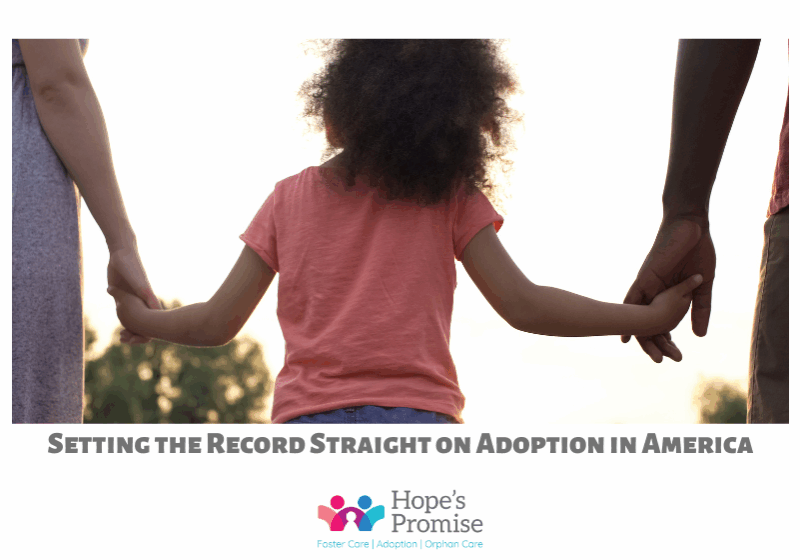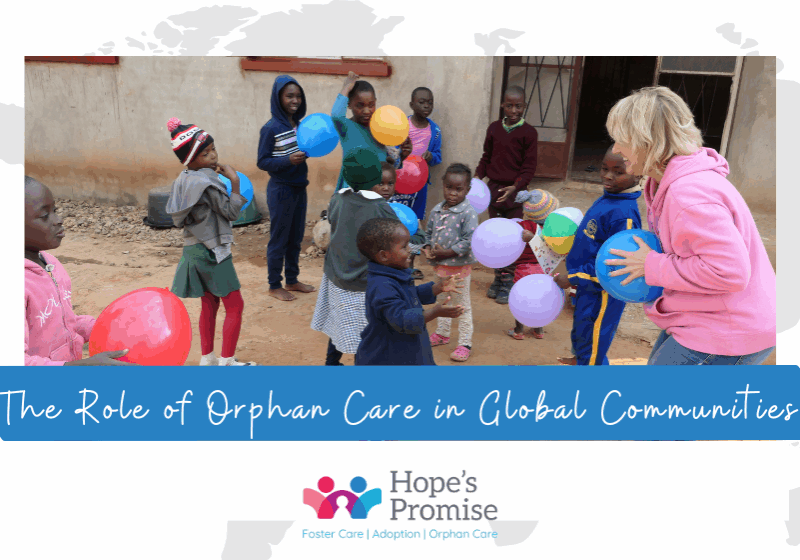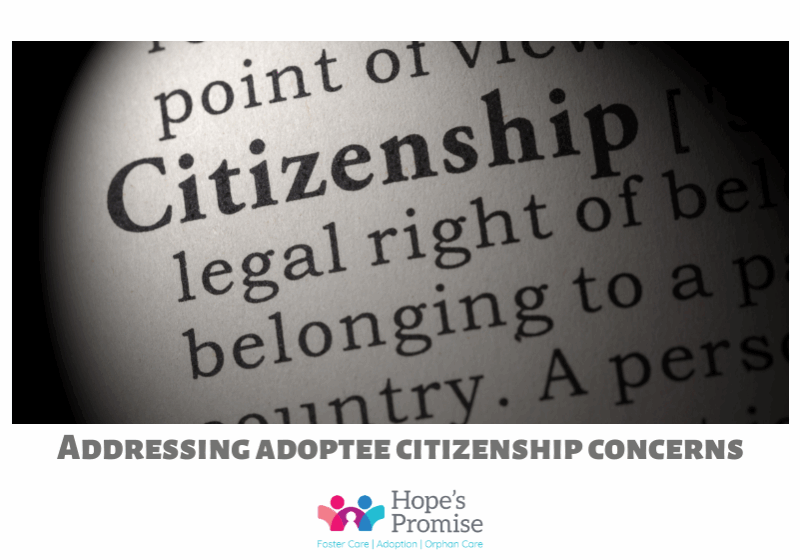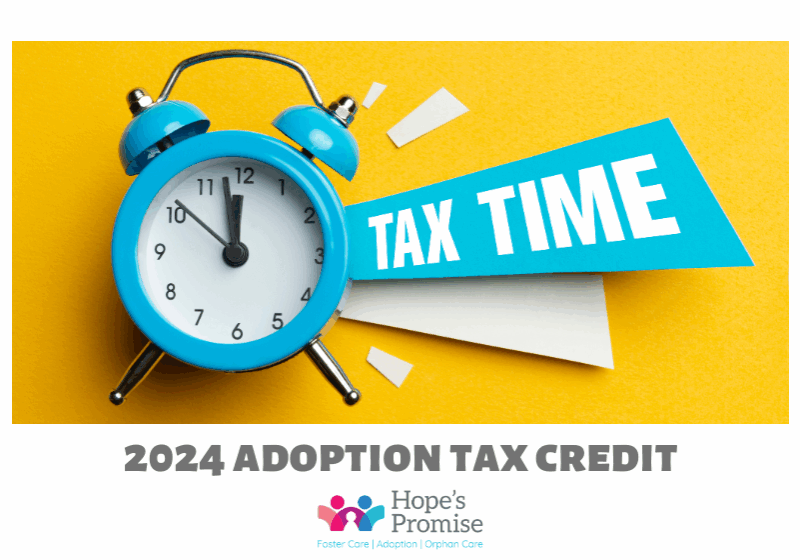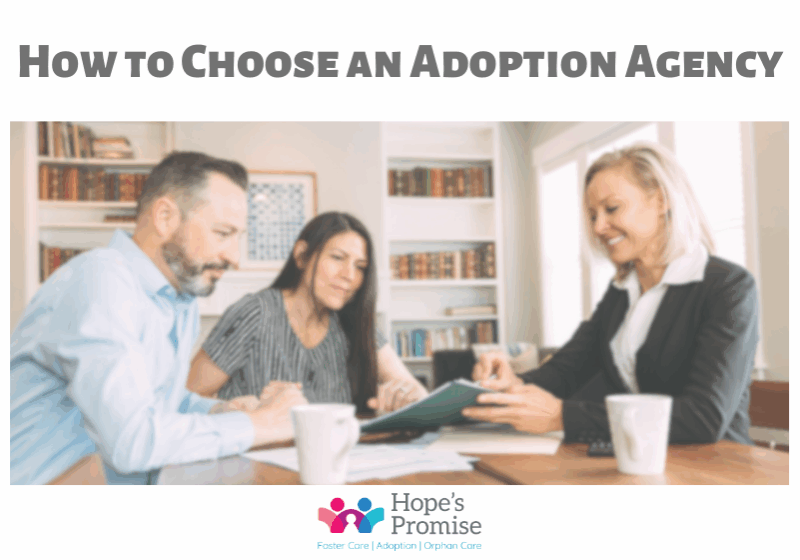Latest News
Setting the Record Straight on Adoption in America
At Hope’s Promise, we believe that accurate information about adoption is essential for supporting children, birth parents, and adoptive families. We’re sharing this important article by Ryan...
The Role of Orphan Care in Global Communities
Introduction to Orphan Care In a world where millions of children face life without parental care, the need for supportive, loving environments has never been greater. Orphan...
Addressing Adoptee Citizenship Concerns
by the National Council for Adoption, Ryan Hanlon Hope's Promise is dedicated to sharing impactful information and resources to our adoptive families. Recent news articles and public...
2024 Adoption Tax Credit
It's hard to believe that it is already tax season, but here we are! Hope's Promise is dedicated to sharing great resources on all things foster care,...
How to Choose an Adoption Agency: Key Considerations
How to choose an adoption agency is one of the most critical steps in your adoption journey. With so many options available, understanding the key factors that...

